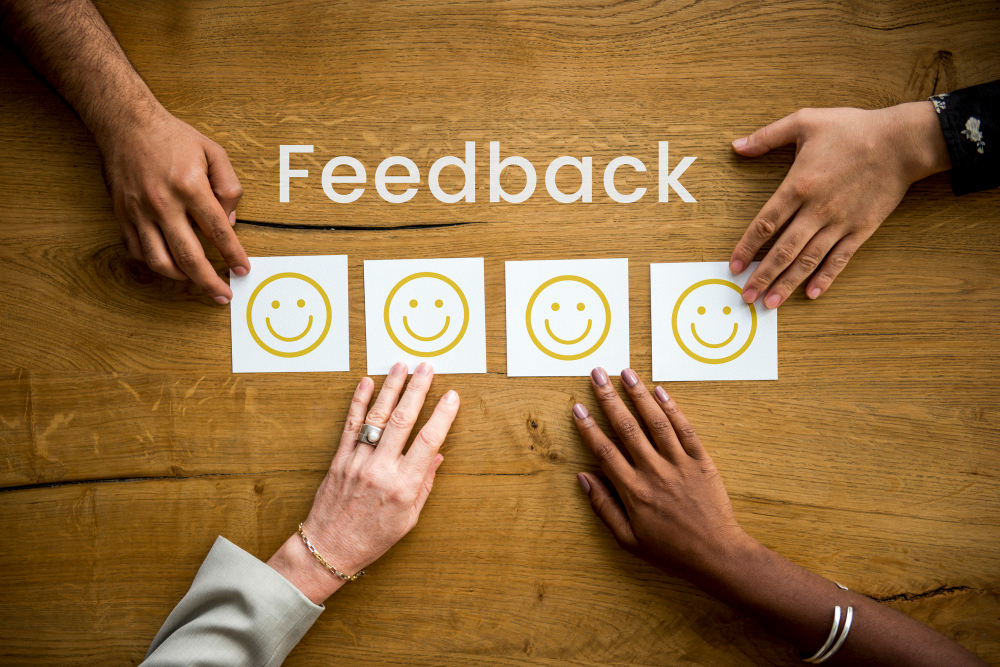As rightfully said, “Customer is the King.” Every business and brand should be focused on only one thing – and that is the customer. It is essential to understand customer behavior using behavioral analytics tools like WatchThemLive and derive conclusions based on customers’ actions.
One essential concept for the growth of the business is to develop a customer journey map.
Table of Contents
What Is a Customer Journey Map?
A customer journey map is basically a map of how a customer would interact with the business. It is the visualization of a consumer’s steps as he or she moves towards the call to action.
It includes all the different experiences – challenges, and positive points that a customer might face as they interact with your website. A customer journey map is not as simple as it sounds. It is not linear – rather, it is like a matrix including many important details.
The visitor tracking tool gives you a detailed understanding of users’ behaviors. It helps the company to maintain consistency in their dealing. For the employees of the company, such a map is like a guide on “how we, at this company, deal with our consumers?”. Ultimately, a customer journey map is an important part of the Customer Experience (CX) and aids in improving the same.
What Is Included in the Map?
There are different components in the customer journey map, depending on the functioning and interactive channels of the company. The prime parts to be included are:
Stages of Customer Interaction
For the first step, it is essential to broadly define the customer interaction stages. These lay down the framework of the map.
You can divide these stages anywhere from three to six or seven stages. The most primal stages can be awareness, decision, and loyalty.
Awareness
The initial interaction of our brand with the customer. It could be through an ad or a social media channel or merely a coincidental click on our website.
![]()
A website visitor tracking tool helps you understand customer needs and behavior.
Decision
This is an important stage wherein the customer decides whether to engage with the product or not. This is the stage wherein he or she is forming an opinion and finally coming to a conclusion to either buy or leave.
Loyalty
This is the stage that comes after the customer has made a purchase decision. It includes after-sales services and follow-ups.
Buyer Personas
Foremostly it includes each and everything around the buyer. Your buyer is your identified market segment. There can be multiple buyer personas based on different market segments.
Buyer personas are important for a customer journey map as these tell in-depth information about the customer behavior. From demographics to purchasing nature, buyer personas also help to compartmentalize the potential clients of the company. So, it is essential to spend some time before the map and research well.
With the help of funnel analysis, you can see the user flow on your website. Your team has to identify the right target audience, search their details based on user behavior analytics data and compile buyer personas.
Consumer Touchpoints
Touchpoints, as evident, are points of interaction. Consumer touchpoints are the points in the customer journey wherein your business comes in contact with the consumer.
These touchpoints can be at any stage of customer interaction. For example, a Facebook ad is a touchpoint. Similarly, when the consumer reaches the company for after-sale service, it is a touchpoint.
All these touchpoints are opportunities to either convert or retain the customer. Such points should be identified in the customer journey map, and alternative approaches to the same should be discussed.
Customer Emotions and Values

There will arise a need or want from the customer’s end, and the business provides a means to fulfill it. Since there is a gap between the two, and the customer is trying to bridge it – there are likely to be emotions and values involved.
Human beings are not as rational as Adam Smith might have predicted. There are always emotions and values involved. Often these also play an important role in the final purchase decision.
So it is crucial to note the possible emotions that your customers might be feeling. You can use your user interface and user experience (UI/UX) to improve the customer’s emotions and values.
Conclusion
These are the main components of a customer journey map. Once your team has identified all these parts, they can plot it in any format convenient to them.
Also, you can add additional components based on your needs and analysis.
